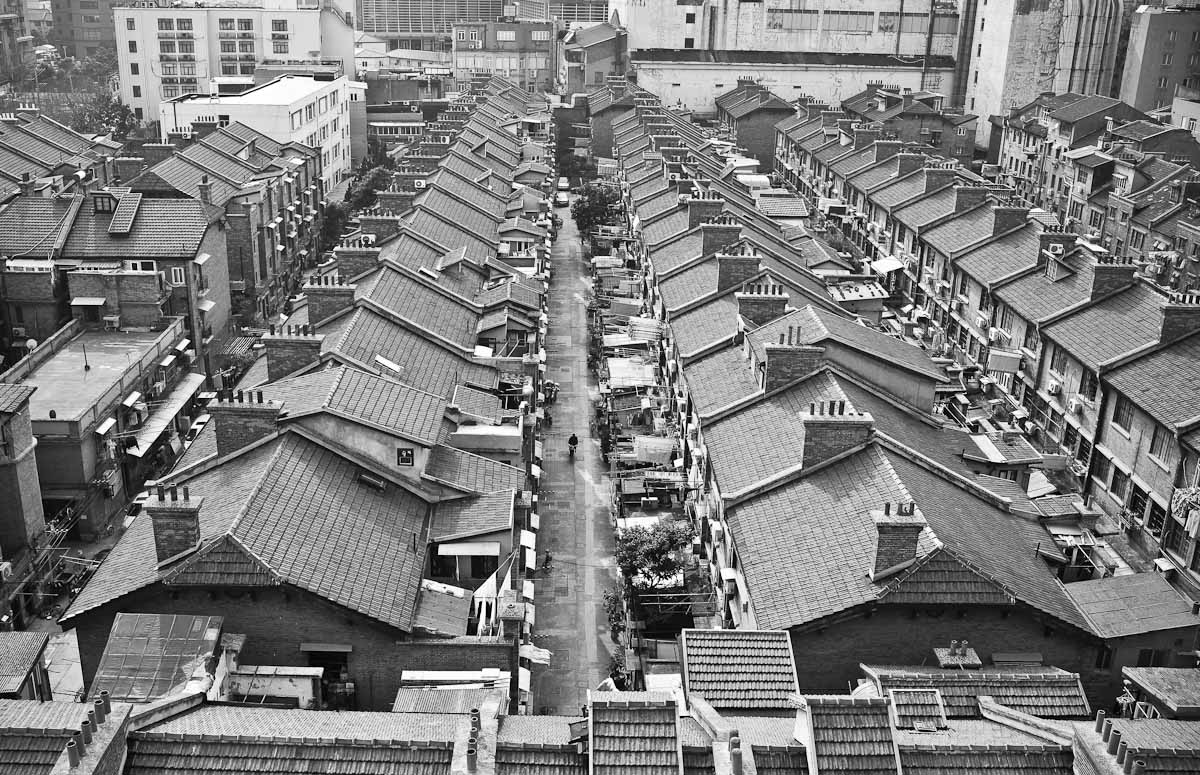Dance: Lilong Life – The Old Shanghai
Video: Dance: Lilong Life—The Old Shanghai
Acknowledgment: all copyrights of the dance videos and photos reserved to Central China Normal University (CCNU)
Dancing to the theme song of an award-wining film “Song of The Fisherman”, the dancers present a peaceful yet vivid scene in the lilong residence. “Lilong” (Chinese:里弄; Pinyin: lǐ lòng) is referred to the centuries-old street communities in Shanghai that are connected by laneways. In this performance, the incorporation of those oriental vibes such as cheongsams, cattail fans, and wooden stools have brought out the 1930s old Shanghai charm.
Lilong came into existence and became part of the unique history of Shanghai preceding World War II. "Li" means neighborhoods and "Long" means laneways. With its low-rise and ground-related housing, lilong settlement enjoyed an organised network of the hierarchical use of space such as division of residential and commercial zones, operations of small and home-based businesses to cater to the residents, and safety control. These features created a strong sense of social cohesiveness and community harmony.

(Image of Lilong housing sourced from Shanghai Street Stories)
Those graceful dance movements, elegant cheongsams, exquisite cattail fans, and small wooden stools are the symbolic elements of the old Shanghai. The dance paints a picture of women lighting a fire in the stove to prepare meals; covering their cheeks with cattail fans to block off the burning smoke; and busying with their housework whilst waiting for their hard-working husbands to return home. This was the daily life of lilong back in the old era. This dance performance was originally produced by the Shanghai Song and Dance Troupe. The adaptation and performance of CCNU’s students won two prizes in the 7th College Students Art Festival in Hubei Province.
About the Theme Song
Famed as "the Paris of the East” and “the New York of the West", Shanghai was the financial and trade center in East Asia which accounted for roughly half of China’s imports and exports during the 1920s and 1930s. Foreign investment brought in the latest inventions such as electricity and trams. The city was quickly modernized. Economic development also triggered its artistic pursuits. Shanghai became the hub for Chinese cinema and film production.
The beautiful melody of this dance comes from the theme song of a Chinese film “The Song of Fisherman” produced in 1934. The story was about people living in poverty struggle preceding World War II. Two children from a fishing family were forced to sing in the street to survive in Shanghai. The film won an award at Moscow Film Festival in 1935. The theme song has since become a classical piece and inspired many musical works. CI has previously shared on our webpage the choral performance by CCNU’s prestigious Tiankong Choir. The lyrics describe the scene of a fisherman getting up early to work in the sea.
The University of Newcastle acknowledges the traditional custodians of the lands within our footprint areas: Awabakal, Darkinjung, Biripai, Worimi, Wonnarua, and Eora Nations. We also pay respect to the wisdom of our Elders past and present.